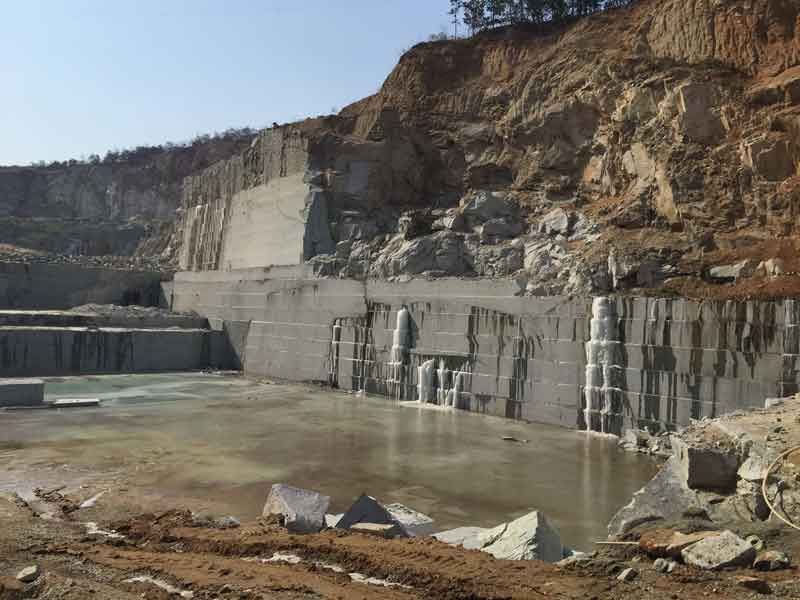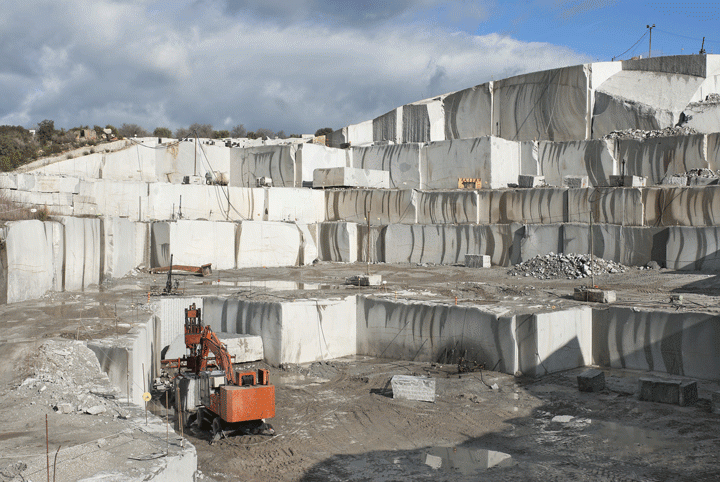Travelling With Granite Quarries in South Africa: A Visual Odyssey
Travelling With Granite Quarries in South Africa: A Visual Odyssey
Blog Article
Uncovering the Rich Background and Sustainable Practices of Granite Quarrying
As we depend on the precipice of discovering the complex tapestry of granite quarrying, a journey with time reveals not simply the physical act of drawing out rock however additionally the cultural and historical importance woven into the extremely material of this method. From the old beginnings that laid the structure for contemporary quarrying strategies to the sustainable methods that are shaping the future of this industry, each sculpt mark on granite surface areas narrates waiting to be discovered (granite quarries in south africa). The tradition of granite quarrying stretches far past simple removal; it is a testimony to human ingenuity, resilience, and the enduring appeal of this majestic stone
Ancient Origins of Granite Quarrying
Going back to ancient people, the practice of quarrying granite has actually been an indispensable part of human background and architectural innovation. The earliest evidence of granite quarrying days back to old Egypt, where huge pyramids and complex sculptures were crafted from this durable stone. The Egyptians made use of primitive devices to remove granite blocks from quarries, showcasing the importance of this material in their significant constructions.
Moving on in history, the Greeks additionally made significant payments to the quarrying of granite. The Greeks utilized granite in numerous building wonders, such as temples and statuaries, showing their ability in shaping and carving this hardy rock. The Romans better fine-tuned the methods of quarrying granite, utilizing innovative tools like knives and hammers to essence and shape granite for their famous structures.
Via the centuries, the technique of quarrying granite has actually progressed, with contemporary technologies enhancing effectiveness while maintaining the ageless appeal of this all-natural stone - granite quarries in south africa. From ancient people to contemporary building contractors, the legacy of granite quarrying proceeds to shape our globe
Evolution of Quarrying Techniques
The development of quarrying strategies has been noted by a continuous development in the direction of better effectiveness and precision in removing granite. From the simple methods employed by our ancestors to the sophisticated modern technologies used in modern quarrying operations, the sector has undergone significant advancements. Early quarrying methods included manual work with fundamental tools such as chisels, hammers, and wedges to remove granite blocks from the planet. As human beings proceeded, methods like fire-setting and primitive dynamites were presented to assist in the removal procedure.
In more recent times, the introduction of equipment transformed the quarrying market, enabling quicker removal rates and enhanced productivity. Technologies such as diamond cable saws, high-pressure water jets, and pneumatic drills have actually come to be standard in contemporary quarries, permitting accurate cutting and minimized waste. Improvements in computer-controlled equipment and 3D modeling have actually enhanced quarrying operations, leading to very little ecological impact and enhanced sustainability methods. As the need for granite continues to rise, the development of quarrying strategies remains indispensable to meeting industry needs successfully and sustainably.
Cultural Significance of Granite
Granite holds a profound social significance throughout various civilizations due to its long-lasting visibility in building masterpieces and revered monoliths. The cultural significance of granite prolongs past its physical characteristics; it symbolizes resilience, stability, and timelessness, making it an icon of enduring heritages and traditions.

Lasting Practices in Quarrying
Among the rich background of granite quarrying and its cultural relevance exists a growing emphasis on lasting methods within the industry. As ecological recognition and concerns regarding resource exhaustion have actually increased internationally, the quarrying field has actually progressively accepted sustainable approaches to lessen its influence on the environment and bordering neighborhoods.

In addition, improvement and recovery of quarry sites post-extraction are important to lasting methods. By restoring quarried locations to an all-natural or useful state, such as creating wild animals environments or leisure areas, quarriers can offset the environmental impact of their procedures and contribute favorably to the local community.
Legacy of Granite Quarrying
With a historical background steeped in craftsmanship and industrial progression, what enduring effect has granite quarrying left on the landscape of modern culture? The tradition of granite quarrying goes beyond plain extraction methods; it has actually shaped building useful reference marvels, urban landscapes, and cultural heritage worldwide. The sturdy nature of granite has actually made it a favored selection for monuments, structures, and facilities, standing as a testament to the ability and virtuosity of quarry workers across generations.
Additionally, the financial footprint of granite quarrying can not be neglected. The sector proceeds to give job opportunity and drive local economic situations in areas where granite extraction is common. It has actually also spurred technological improvements in quarrying strategies and devices, causing a lot more efficient and sustainable methods.
In regards to sustainability, the legacy of granite quarrying includes initiatives to alleviate environmental influences via recovery jobs and responsible resource monitoring. By balancing economic rate of interests with ecological stewardship, the market strives to guarantee that future generations can remain to take advantage of this enduring natural deposit.
Final Thought

Report this page